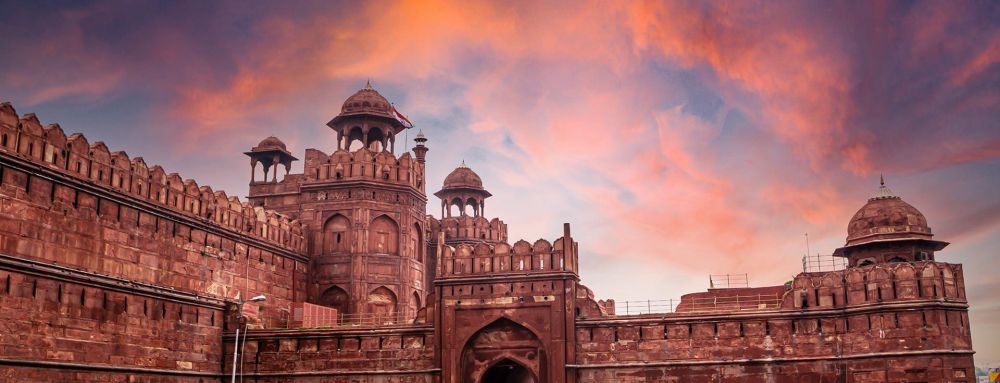

The Red Fort, also known as Lal Qila, stands as a powerful symbol of India's storied past. It was constructed by the fifth Mughal Emperor, Shah Jahan, in 1638 when he decided to shift his capital from Agra to Delhi. This UNESCO World Heritage Site has been a pivotal center of political and social power for over 200 years. The fort's significance comes from its role as the residence of the Mughal emperors, as well as a ceremonial and political center.
Tourism at the Red Fort has developed gradually over the years. After India achieved independence in 1947, the Red Fort emerged as a symbol of national pride. It is here that the Prime Minister of India hoists the national flag and delivers a speech every year on Independence Day. This annual event has been pivotal in promoting the site as a tourist destination to both domestic and international audiences.
Over the decades, initiatives by the Indian government and various cultural organizations have worked towards the preservation and restoration of the Red Fort. Efforts include maintaining the intricate art on the walls, repairing damaged structures, and upkeeping the gardens. Such work ensure that tourists receive a richer understanding and experience of Mughal architecture and heritage.
Red Fort attracts tourists because of its magnificent architecture, historical significance, and array of museums. The fort's architecture is an exemplary combination of Persian, Timurid, and Indian design. Key attractions within the fort include the Diwan-i-Aam (Hall of Public Audience), Diwan-i-Khas (Hall of Private Audience), Rang Mahal (Palace of Colors), and the Pearl Mosque (Moti Masjid).
In recent years, there has been an increase in heritage walks, light and sound shows, and other interactive experiences that educate tourists on the history of the fort. These shows are particularly popular as they bring the history of the Red Fort to life. Visitors are also able to enjoy augmented reality experiences through mobile apps, offering a tech-savvy approach to historical exploration.
The Government of India has also initiated the 'Adopt a Heritage' scheme, allowing private and public sector companies to adopt monuments and historical sites - including the Red Fort - to maintain their upkeep. Such initiatives have been crucial in ensuring the sustainability and improved tourist experience at these culturally significant sites.
One of the challenges facing the Red Fort is the need to balance conservation with the growing footfall of tourists. The Indian government, along with the Archaeological Survey of India (ASI), continuously work towards creating policies to preserve the site's historic fabric while making it accessible and enjoyable for tourists.
Future developments in tourism at the Red Fort include plans for improved visitor facilities, such as digital information kiosks, souvenir shops, and better food and beverage outlets. The focus is on enhancing the overall tourist experience while preserving the site's integrity for future generations.
Overall, the Red Fort in Delhi is not only a site of immense historical importance but also a testament to India's commitment to maintaining its rich cultural heritage while adapting to modern tourism trends.